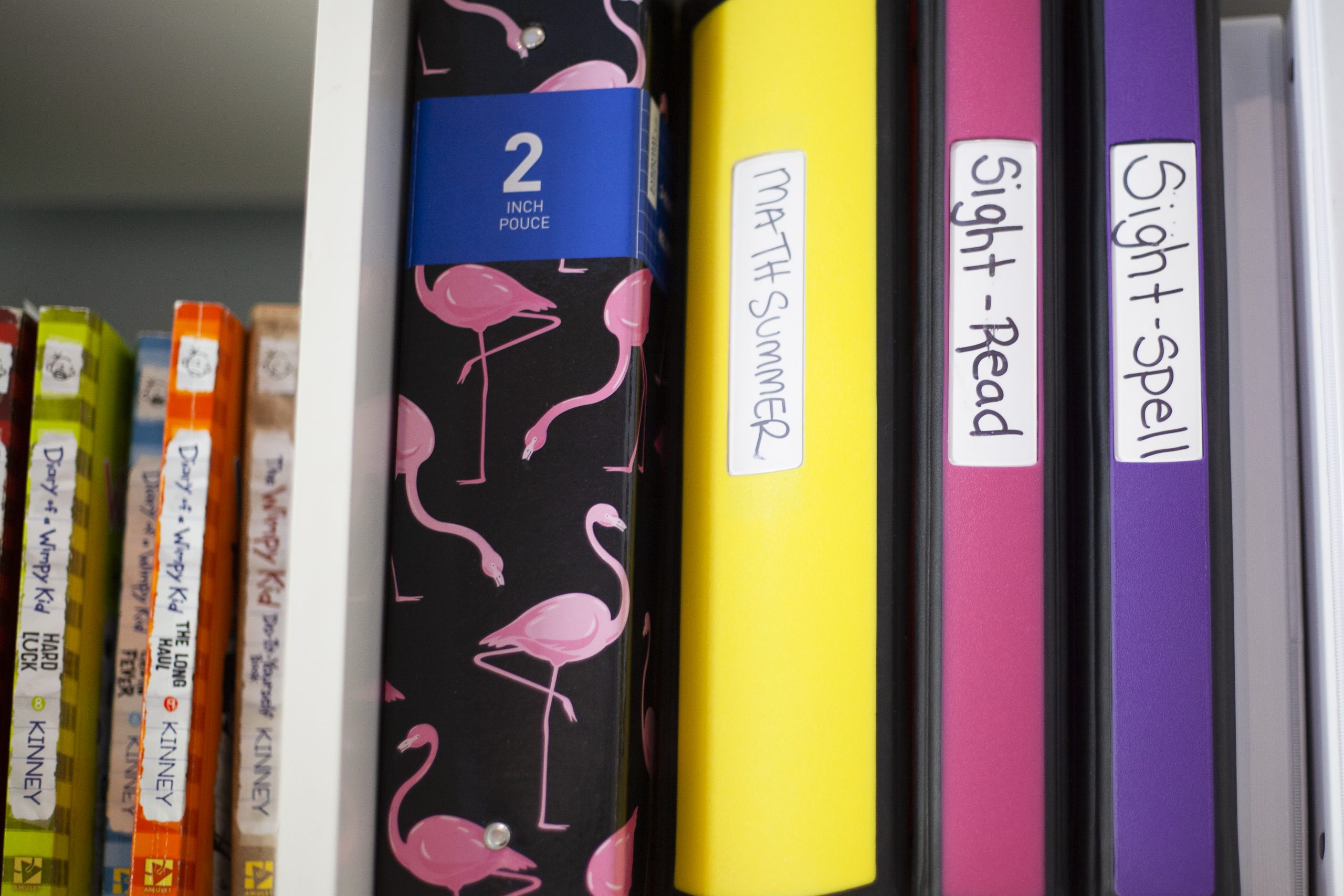How to Achieve Fluent Reading and Efficient Writing
May 7, 2022
A quick explanation of what is happening when you read.
Let’s look at the sentence
I like to run in the forest with my friends.
The goal of any reading is to take meaning from it. If the reading is for enjoyment, you will need to understand what you are reading and if the reading is for educational purposes you will definitely want to take meaning from it. In order to get that meaning, or to comprehend the material, the reading will have to be done with a certain level of efficiency.
Efficiency = fluency.
The greater the fluency, the more efficient the reading. Fluency is measured by measuring a reader’s speed and also their errors.
Sight Vocabulary / Instant Word Recognition
To be fluent, you will require a certain level of sight vocabulary. Sight vocabulary (measured by Word Reading or Word Identification in the testing listed in the student profile is made up of the words you instantly recognize when you see them. If you would like examples or help in understanding what we refer to as sight vocabulary just look again at this sentence:
I like to run in the forest with my friends.
Each of those words is a sight vocabulary word because you knew them before you looked at the sentence and they were instantly recognized when you saw them.
Decoding / The Ability to ‘Sound Out’ a Word
Second to sight vocabulary you will require the ability to sound out some words when you don’t immediately know them. Sounding out words, also known as decoding, is measured by the testing called Pseudoword Reading or Word Attack in the results shown in the student profile.
An example of how decoding comes into play:
I like to run in the forest with my springleplanter.
None of us know what a springleplanter is but the thing you do in order to read a word you have never seen before is called decoding. You are using your understanding of our language to help you figure out what the word is.
Fluency and its Relevance to Understanding
So to sum up. We want to be fluent when we read because fluency is efficient and efficient reading is the goal given you want to have all the energy you possibly can, available to you to help you understand what you are reading. Fluency will come from having the proper sight vocabulary and also the proper decoding ability. There is more to this but generally speaking this explains the process.
Last thing on the reading side, before we get to writing.
Early reading skills, fundamental reading skills or phonological awareness. You can think of this large set of skills as the foundation that sits below the house of reading. You could also click here to go to the post on our testing battery, where you will find a description of phonological awareness as well. In the student profile you will find testing that measures skills in this area listed under Early Reading Skills.
Spelling and Writing
Now let’s take a look at what is happening when you write. We can use the same sentence.
I like to run in the forest with my friends.
Instant Word Production when Writing
Previously we talked about how sight vocabulary is important if you want to be efficient when you read. Sight vocabulary is also important, maybe even more so, to you being able to write with ease.
If you would like some help on how we think about sight vocabulary for spelling, think of something you would like to write, maybe a note to someone you care for, and then imagine if you already know what those words look like or if you would have to think hard about what they should look like. If you know what they look like then they are part of your spelling vocabulary.
Skills to Help with Words you Don’t Know Automatically
If you have to think about how they should look then those words would be words you need to encode, which is more or less the same as decoding except you are spelling the word not reading it.
When you look at the student profile you will see spelling vocabulary referenced under Spelling or the Spelling Subtest of the Wide Range Achievement Test.
In both the reading and writing description above, there is more to being successful with both. In this post the hope was to stick to the mechanics of reading and writing in order to help with seeing the gains made in student profiles and how those gains relate to what our students are being asked to do in a classroom setting on a daily basis. We will happily dive into more detail in another post.
